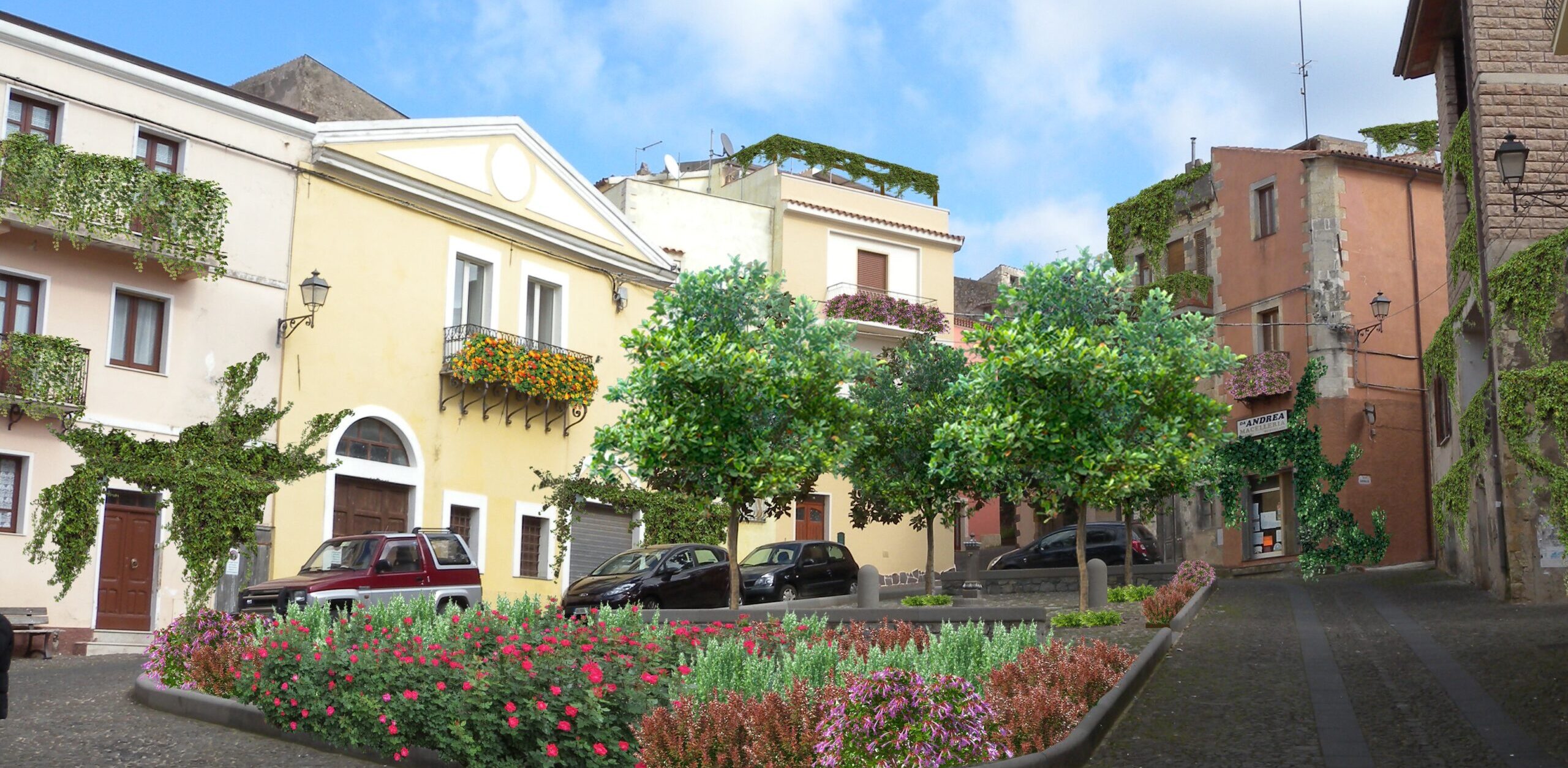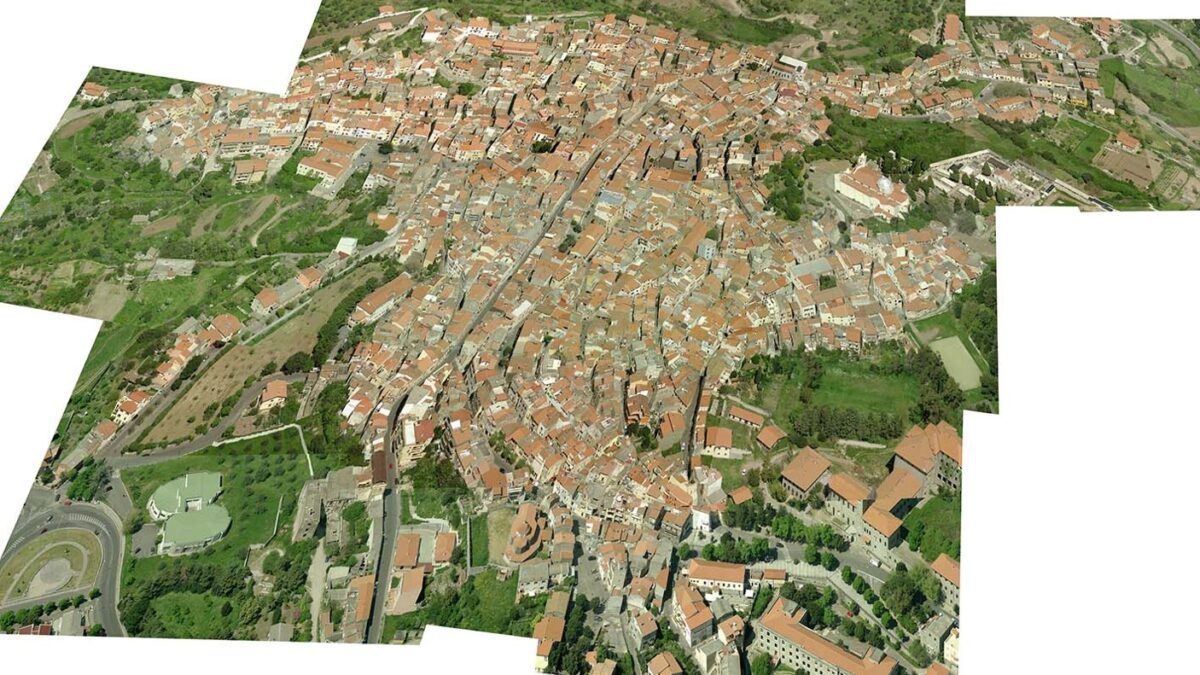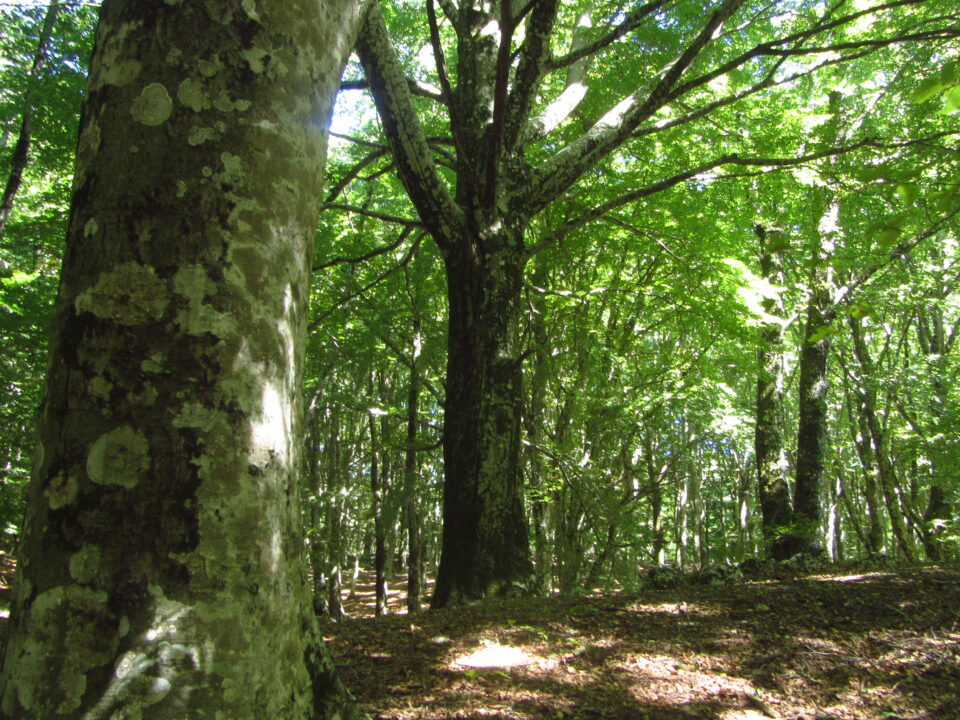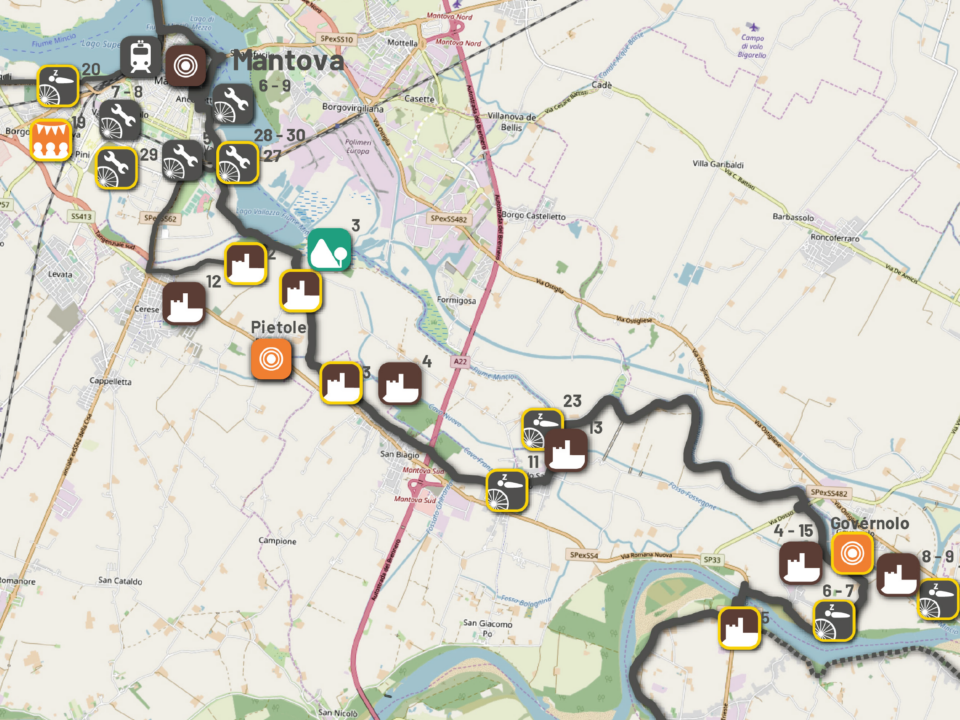
Green Economy: social capital and inclusion
25 May 2017
Enhancement of cultural and archaeological heritage: the myth of Aeneas and Lavinium
26 June 2017
Regeneration strategies for historic centres: urban regreening
December 2016
Telos Company, coordinated by Giovanni Cafiero, was responsible for drafting the Detailed Plan (PP) of Cuglieri, in Sardinia (OR). The start of the formation of the PP of the historic center of Cuglieri and S. Caterina di Pittinuri is consequent to the improvement of the perimeter of the center of ancient and first formation identified by the Regional Landscape Plan (PPR) in 2006 as a result of the process of copying, provided for by Article 52 of the Technical Rules for the implementation of the PPR itself, which ended in 2008 with the identification of the perimeters of the centres of ancient and first formation of Cuglieri and St. Catherine of Pittinuri, subject to this detailed plan.
Regional Landscape Plan
The PPR of Sardinia is characterized by a deeply innovative approach to landscape planning. The Plan deals with the landscape of Sardinia, interpreting it as a particular resource to guide regional development, pursuing the objective of obtaining public benefits, especially in relation to coastal areas, from which instead the private initiative has achieved undeniable returns to the detriment of the natural and landscape environment.
With respect to the identification of the historical city, the PPR identifies with this fature the matrix of the historical development of the settlement: object of protection then becomes the "forma urbis", that is, the whole consisting of buildings, appliances, public spaces, as well as the relations with the countryside and the naturalistic and geomorphological elements of the extra-urban landscape, with the historical infrastructure networks, with the archaeological pre-existences. Consequently, it does not deny the possibility of imagining new uses, substitution of the building stock without historical value - preferably by means of the design competition -, and in any case the installation of functions or the implementation of interventions such as to render and, in many cases, to make the historic city the privileged place of encounter and social relations.
The first and ancient training centers in the municipal territory
The PPR has identified in the municipal territory, based on historical cartographic sources, two historical settlements corresponding to the "nuclei of first plant and ancient formation": the center of Cuglieri and the fraction of S. Caterina di Pittinuri.
Over time, the interventions that have altered the traditional features of the landscape and architecture of the historic center are mainly: the progressive elimination of gardens, the inclusion of garages (in place of previous open spaces or inside existing buildings), the overheads, the insertion of proportionate balconies and the use of large windows instead of the most contained traditional holes. Then many traditional activities came out of the old town (for example those related to the production of oil) and crafts. It ended up with an emptying action that has been accompanied by the abandonment of many houses, either because it cannot offer acceptable housing standards, either because with significant accessibility issues.
Despite the widespread alterations of buildings and the partial loss of elements of the urban landscape, there is still a good quality widespread landscape with good potential for improvement with not radical interventions. On the contrary, they accompany - in a qualitative sense - the process of regeneration and landscape redevelopment of the Matrix Center. Such interventions - taking in consideration the permanence of the structural characteristics of the historical plant - are to be carried out mainly at a micro-scale. The prospect for the future landscape of the historic center of Cuglieri is to restore philologically some of the buildings that preserve substantially the original features and to repair the dissonances caused by the disproportionate growth of some three or four floor buildings next to elementary buildings. In that instance, it is both a typological and morphological criticality. The main undesirable effect is to have given enormous visibility, in the landscape of the alleys of the Old Town, to the sides of the new buildings, which often stand out unfinished, and in any case never designed as an urban front, pervading, with their cumbersome presence, the image of the entire urban view.
The future historical center of Cuglieri must absorb this dissonance with interventions at a microscale level (for example, by attenuating volumetric inequalities, but above all by intervening mainly through horizontal and vertical regreening, on the relationship between lower organisms and building organisms increased disproportionately and not harmonically. As a consequence, the City Council will have to support some widespread interventions of regreening, with specific programs and strategies, along with a careful prescription of building elements - material and chromatic. It will therefore contribute to the redevelopment of the urban landscape, also recalling the integration of greenery, farming and urban fabric. This is one of the most fascinating elements of some relatively recent past images. A charming aspect well preserved at least until the 60s and well witnessed by the images and postcards of Cuglieri.
Towards an ancient landscape: regreening and a new country-city relationship for the matrix center of Cuglieri and for Santa Caterina
Cuglieri’s Matrix Center, together with the ancient novenario clearly show the changes that have characterized the urban landscape in the last half century. As in many other coastal areas of Sardinia, in Santa Caterina the "discovery of the sea" has led to a progressive consumption of soil and fragmentation of settlements (Santa Caterina), with a strong impoverishment of the retro-coastal agricultural landscape.
In the main town of Cuglieri, located about 14 km within the territory, the phenomenon appears more complex. Even though in conjunction with constant positive building market cycles – due partly to the inertia of investment attitudes on the "house" - the Historical Center has continued to densify causeways and consumption of green agriculture and interstitial gardens. On the other hand, "new" concepts have emerged to the built-up area, in contrast to the society and culture of the first half of the 20th century. We realized that the old town - in addition to not being accessible to cars - has lost a part of that picturesque character given by the widespread presence of gardens, public spaces still in natural land. Actually, society has developed the need for a higher quality of living and greater comfort than in the past.
The crisis in the lower quality housing market in city centers, together with the worsening demographic crisis, has therefore put a stop to a densification process. At the same time, however, in addition to stopping the processes of alteration of historic centers, has, so to speak, locked even those processes of not very qualitative transformation, thus leaving a legacy to the contemporary urban landscape, of unfinished buildings, volumes and incongruous architectures, angles of landscape and building degradation.
In this situation, rather than a role to stem the incongruous transformations - in which also the PP of the old town plays with a strict correspondence between conservation status and categories of intervention allowed - the Plan faces the challenge of reactivating, in a qualitative sense, a process of regeneration of the historical fabric. It can only take place through the raising of the quality of the landscape and the use of the built-up area and the improvement of the quality of life of the dwellings. This involves both the historical residents and those who come from outside, especially those who are ready to invest in the redevelopment of the historic center, but who are willing to do so in Cuglieri. It could happen only if they can find in Cuglieri those conditions of quality and comfort they are looking for.
The main strategy - to link and pursue these objectives at the base of the PP - is that of regreening, of the widespread greening of the Matrix Center: in public spaces, in the tested gardens, on the facades and on the sides of the buildings, the roofing of the outbuildings and buildings in the historic centre; in alternating or overlapping between traditional brick pitched roofs and roof gardens built on the flat portions of the roofing or through terraces, also in partial overlap to the roofs - as it happens in some of the most precious and appreciated Italian historical centres.
This widespread regreening intervention is only a return to the ancient integration of green-building, city-countryside and nature-city that today the inhabitants of Cuglieri and visitors admire in some glimpses and not only in old postcards. This integration is testified not only by the surviving trees that stand out in the sky of Cuglieri in the green spaces near the squares, the widenings, the remaining terraces, but also by the sudden protrusions of the rock on the sides of the streets.
Certainly, the activity of regreening will not give back to Cuglieri the green spaces built over time. However, regreening the city can also develop vertically increasing the green surfaces with the use of roofs and facades of some buildings. It is important, in this direction, that the intervention of insertion and care of urban and periurban greenery is recognized as a social practice.
For this purpose, the PP provides for the issuing of guidelines for urban regreening, the establishment of a Prize - also structured in several categories (horizontal green, vertical green, hanging green, etc.) - to be conferred periodically (e.g. annual or biennial) to the inhabitants and owners of the houses of the Matrix Center, the granting of incentive and relief for regreening operations of landscape value.
The "green propagation" can be monitored over time, recording in a given database the presence of horizontal and vertical green components. The territory of Cuglieri and Montiferru has always been known for its rich landscape and floristical richness. Therefore, the Matrix Centre - thanks also to the message transmitted by the award "Cuglieri green" to be celebrated in the city and disseminated through new media and information technology - can be recognized over time as a destination for lovers of harmony between man and nature, between agriculture and cities and will become known among the many enthusiasts of trees and flowers of the Mediterranean.





